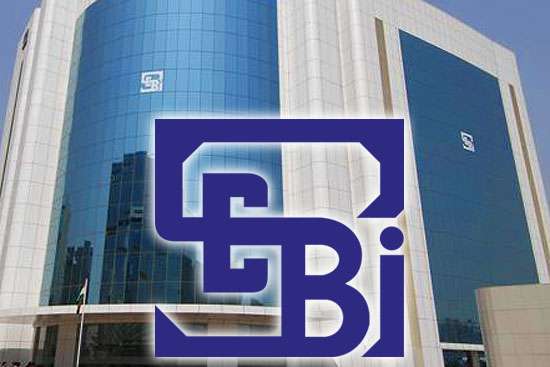New Delhi: Markets regulator Sebi Thursday said that credit rating agencies can deviate from the 90-day period required to upgrade the rating of an entity from default to non-investment grade.
The credit rating agencies (CRAs) can take the decision on case-to-case basis, the Securities and Exchange Board of India (Sebi) said in a circular.
Sebi has noted in a few recent cases of defaults that even though the rated entity was able to correct the default within a relatively shorter span of time, the rating could not be upgraded and continued to be under sub-investment grade due to the extant provisions on post-default curing period.
There is a post-default curing period of 90 days for the rating to move from default to speculative grade and generally 365 days for default to move to investment grade.
There is a possibility that such cases may increase in the wake of COVID-19 pandemic.
The regulator has felt the need to review the existing policy on post-default curing period with a view to providing some flexibility to credit rating agencies in taking appropriate view in such cases.
Accordingly, the regulator has revised the policy after taking into consideration the representation received from various stakeholders and analysis of the same.
“After a default is cured and the payments regularised, a CRA shall generally upgrade the rating from default to non-investment grade after a period of 90 days based on the satisfactory performance by the company during this period. CRAs may deviate from the said period of 90 days on a case-to-case basis, subject to the CRAs framing a detailed policy in this regard,” Sebi said.
This policy need to be placed on CRA’s website.
It, further, said that cases of deviations from stipulated 90 days, if any, need to be placed before the ratings sub- committee of the board of the CRA, on a half-yearly basis, along with the rationale for such deviation.
The CRA will have to frame a policy in respect of upgrade of default rating to investment grade rating and place it on its website.
The policies framed may include scenarios like technical defaults, change in management, acquisition by another firm, sizeable inflow of long-term funds or benefits arising out of a regulatory action, among others, which fundamentally alter the credit risk profile of the defaulting firm.
(PTI)
